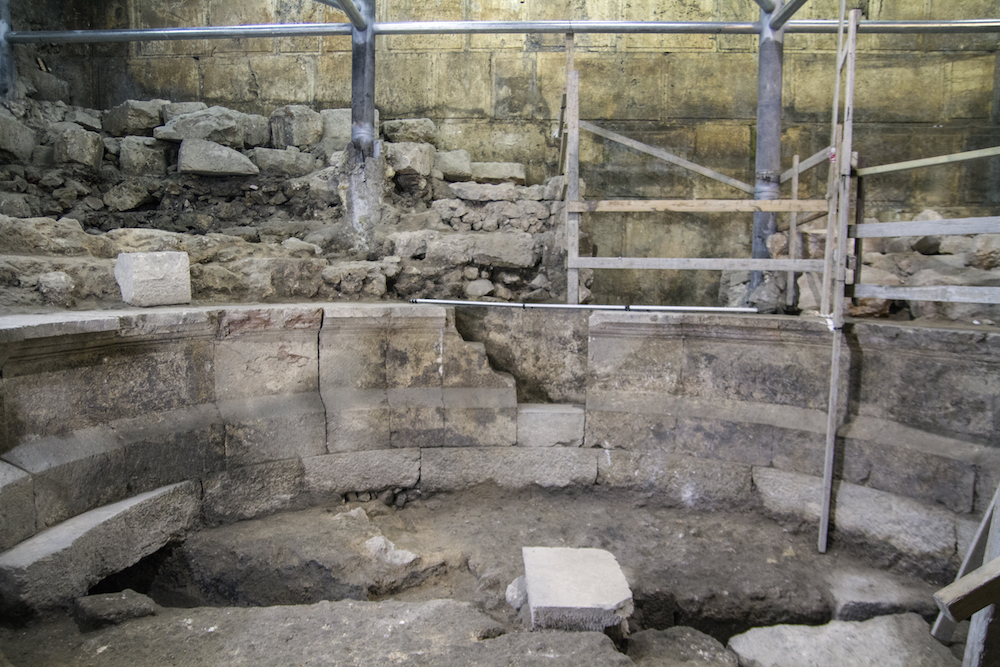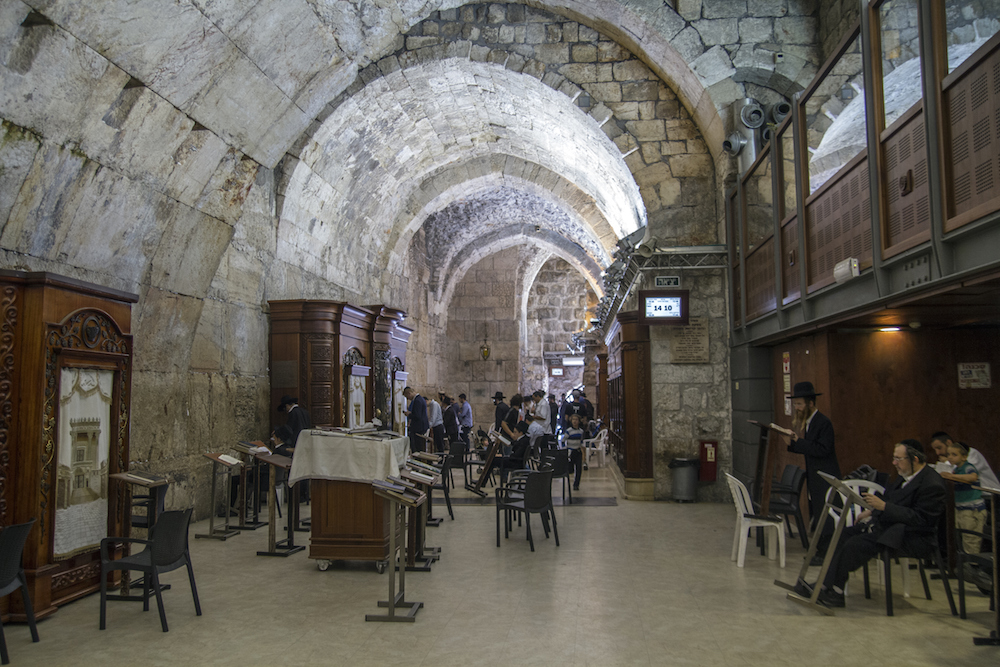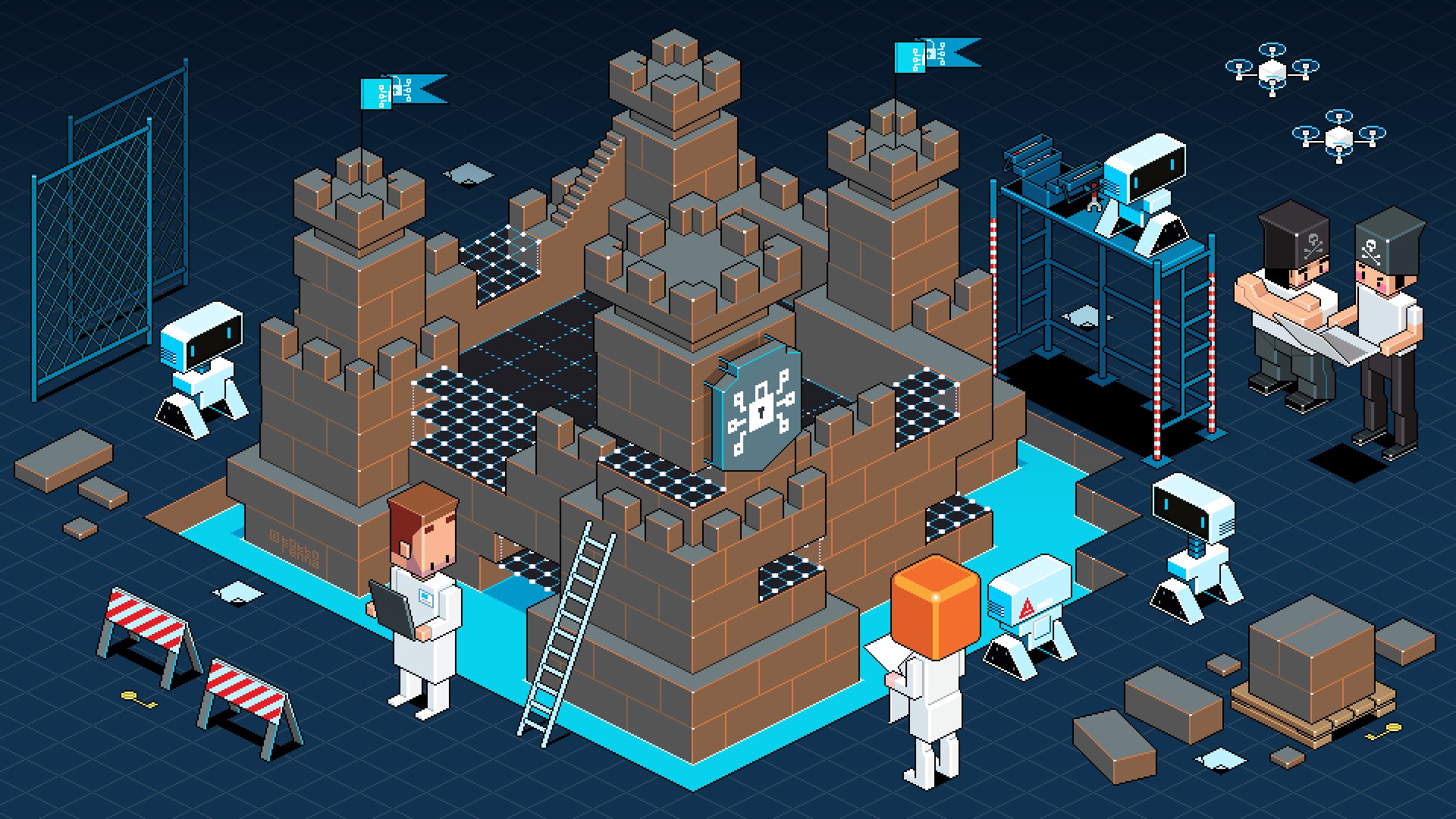So Much Drama! Roman Amphitheater Found Under Western Wall Tunnels
Archaeologists have uncovered an ancient Roman amphitheater — one that hasn't seen the light of day in 1,700 years — beneath Jerusalem's Western Wall Tunnels. But subtle clues suggest that the ancient stage was never used, according to the Israel Antiquities Authority (IAA).
Archaeologists discovered the theater-like structure during a recent excavation beneath Wilson's arch in the tunnels of the Western Wall. The team was hoping to find artifacts that would help them date Wilson's arch — a structure made of enormous stones that holds up an aqueduct and served as a passageway for people entering the Temple Mount — but during the dig they unexpectedly came across the buried theater. [The Holy Land: 7 Amazing Archaeological Finds]
"The discovery was a real surprise," site excavators Joe Uziel, Tehillah Lieberman and Avi Solomon said in a statement. "We did not imagine that a window would open for us onto the mystery of Jerusalem's lost theater."
The Western Wall is a fortification that once guarded the Second Temple, a sacred site for Jews that was destroyed by the Romans in A.D. 70. Whoever constructed the theater beneath it put a great deal of work into it: It has stone carvings and about 200 seats, the archaeologists said at a press conference today (Oct. 16). Historical writings mention a theater stationed near the Temple Mount (a site venerated by Jews, Christians and Muslims), and it's possible, but not confirmed, that the new finding is that very theater, according to the IAA.
For instance, Josephus Flavius, a first-century Roman-Jewish scholar, wrote about a theater during the Second Temple period (530 B.C. to A.D. 70). Other theaters are described in writings following the destruction of the Second Temple, when Jerusalem became the Roman colony of Aelia Capitolina, the IAA said.
"In year 70, the temple was destroyed, and the city changed from a Jewish city into a Roman city," Lieberman said in a video about the discovery. "And part of those changes was also these entertainment, or leisure, buildings, which [one] is expected to find in every Roman city."
The theater uncovered under the arch isn't large — in fact, it's "a relatively small structure compared to known Roman theaters, such as at Caesarea, Bet She'an and Bet Guvrin," the excavators said. But given its small size and its location under the arch, it's possible this theater was an odeon — a small structure used for acoustic performances, the archaeologists said.
Get the world’s most fascinating discoveries delivered straight to your inbox.
"Alternatively, this may have been a structure known as a bouleuterion – the building where the city council met, in this case the council of the Roman colony of Aelia Capitolina, [or] Roman Jerusalem," they said.
However, it's unlikely that performers or politicians ever used the amphitheater. Various clues, such as an uncut staircase and unfinished carvings, suggest that it was abandoned before its inaugural performance, the archaeologists said.
It's unclear why the amphitheater wasn't completed, but it's possible that the Bar Kokhba Revolt, when the Jews rebelled against the Romans, had something to do with the theater's unfinished circumstances, the archaeologists said. Perhaps construction began before the revolt, but was abandoned once the revolt started, they said.
Other unfinished buildings from this period have been found in the Western Wall Plaza, the archaeologists added.
"This is indeed one of the most important findings in all my 30 years at the Western Wall Heritage Foundation," Mordechai (Suli) Eliav, the director of the Western Wall Heritage Foundation, said in a statement."This discovery joins many other findings uncovered in the area of the Western Wall Plaza, which together create a living historical mosaic of Jerusalem and the Western Wall for which the generations longed so powerfully."
Other findings under Wilson's arch include pottery vessels and coins. During the recent excavation under the arch, archaeologists also found eight stone courses — a human-made stone layer supporting the structure above — buried under 26 feet (8 meters) of dirt.
Original article on Live Science.

Laura is the archaeology and Life's Little Mysteries editor at Live Science. She also reports on general science, including paleontology. Her work has appeared in The New York Times, Scholastic, Popular Science and Spectrum, a site on autism research. She has won multiple awards from the Society of Professional Journalists and the Washington Newspaper Publishers Association for her reporting at a weekly newspaper near Seattle. Laura holds a bachelor's degree in English literature and psychology from Washington University in St. Louis and a master's degree in science writing from NYU.


